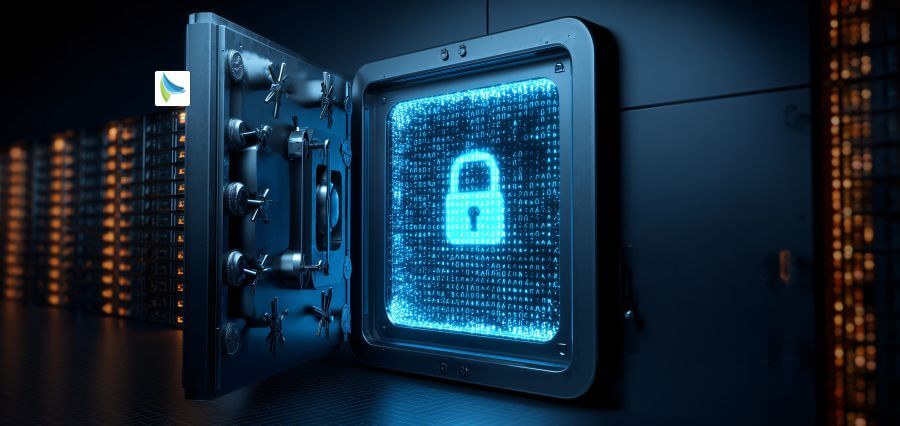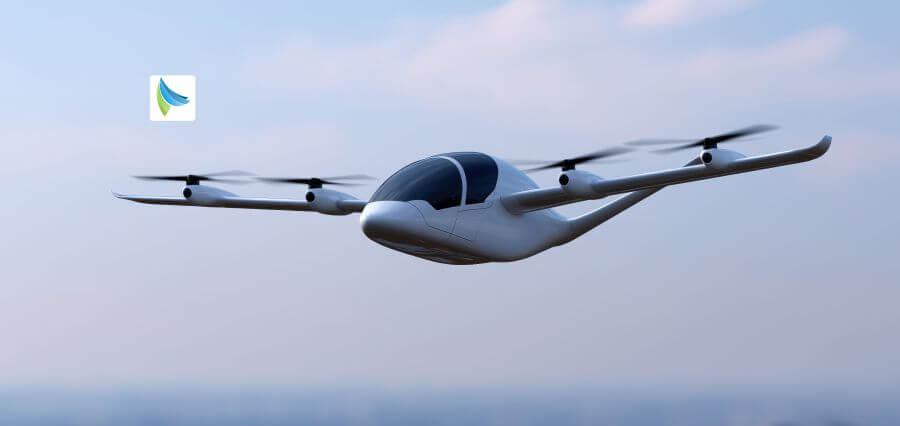The New Commanders
The business battlefield has largely shifted online, with data being the most valuable commodity and cyber threats evolving at a lightning-fast pace. The IT managers who used to be the heroes of this new frontier are now overshadowed by cybersecurity leaders who have become the new generals of innovation. These leaders are not only protecting the networks but, through their strategic insight, technological knowledge, and flexibility of thought, they are also ensuring the trust, continuity, and reputation of the whole organizations.
Cybersecurity is no longer just a defensive necessity but has turned into a strategic source of innovation. The people in charge of the cybersecurity area today are setting the stage for companies to not only secure their assets but also to energize their teams and tackle an ever more complex threat landscape in innovative ways.
The Shifting Cyber Leadership Landscape
The role of cybersecurity leaders has heavily been redefined over the last decade. Their work used to be limited to dealing with firewalls and watching security systems, and now they are at the connection point of technology, business strategy, and risk management. The present-day Chief Information Security Officer (CISO) or head of the cybersecurity team is expected not only to recognize the technical vulnerabilities but also to comprehend how security can affect customer trust, regulatory compliance, and digital transformation.
With the organizations embracing cloud computing, remote working, and AI-powered operations, the field of cybersecurity is expanding as well. The leaders have a duty to secure a borderless enterprise – a company that entails on-premises systems, cloud platforms, mobile devices, and third-party ecosystems. The mission has been increased to not just include defense but also secure innovation.
Innovation as the New Defense
Firstly, cyber threats are smarter, more persistent, and less predictable than before, which makes them hard to defeat. The defensive measures taken in a traditional, reactive manner that are common nowadays are not up to the task of the modern world. Cybersecurity leaders are pursuing proactive, intelligence-driven measures that allow for automation, data analytics, and artificial intelligence to be used in detection, response, and quick recovery.
By means of AI and machine learning capabilities in security operations, these leaders can now in most cases intervene in real time when anomalies occur, anticipate the potential attack routes, and follow through with agreements that otherwise would have taken several hours or days, but without any human involvement. The transition mastered cybersecurity not only as a static shield but also as a dynamic, adaptive system – one that modifies itself to every new threat.
Moreover, the cybersecurity innovation scope is widened far beyond the technology side only to cover the creation of processes to facilitate agility, the building of resilient architectures, and the encouragement of collaboration between teams, departments, and even different industries.
Building a Culture of Cyber Resilience
Excellent cybersecurity leaders know that innovation cannot be realized only through technology, as it also requires people and culture. A resilient organization is one where every employee is conscious of their role in the protection of information assets.
Such leaders are revolutionizing corporate culture through the employees becoming aware of the indispensability of cybersecurity as a shared responsibility. In order to prepare the employees, they take continuous training, simulated attack exercises, and open communication as their means. By doing so, they turn employees into the first line of defense. The culture change assures that security will not be seen as a limitation, but rather as a collective commitment to operational excellence and trust.
Preparing for the Future Battlefield
The future cyber wars will be heavily influenced by automated systems, quantum computing, AI-powered offensive operations, and the extremely fast propagation of interconnected devices. Leaders of tomorrow should not only be highly competent in technology but also be visionary leaders—who know today’s threats and, at the same time, are able to forecast the new challenges ten years ahead.
They are anticipated to be already in the process of gearing up mentally and physically for this very scenario. Next-generation security architectures are part of their arsenal as they make the internet a safer place, get adaptive AI systems, and build communities that do not stop learning. There is no question in their mind about their destination: to guard, to create, and to be at the helm in a world where both digital and physical are getting more and more mixed up.
Conclusion
The battlegrounds of cybersecurity have changed—no longer being walls and passwords. Leadership, innovation, and collaboration are, thus, the new frontlines. These new commanders of cybersecurity are visionary leaders who do not only recognize immediate threats but also understand how to create adaptive, intelligent, and resilient systems that safeguard both technology and trust.
As well as being the guardians of the digital frontier, these executives are, in fact, leading the way in shaping the future of the digital frontier through their embrace of innovation, their energizing of teams, and their assurance that security is in line with strategic growth. The courage, understanding, and resourcefulness of these commanders will be the next chapter of global cybersecurity in a world where every organization could be a target.












